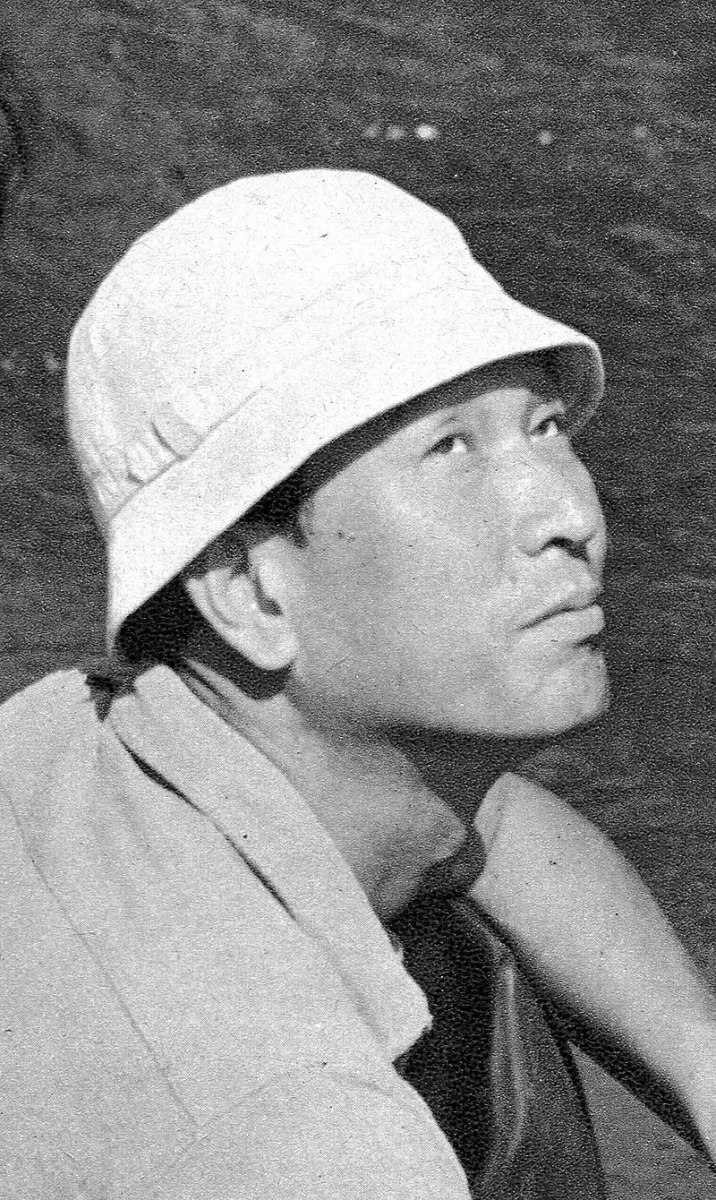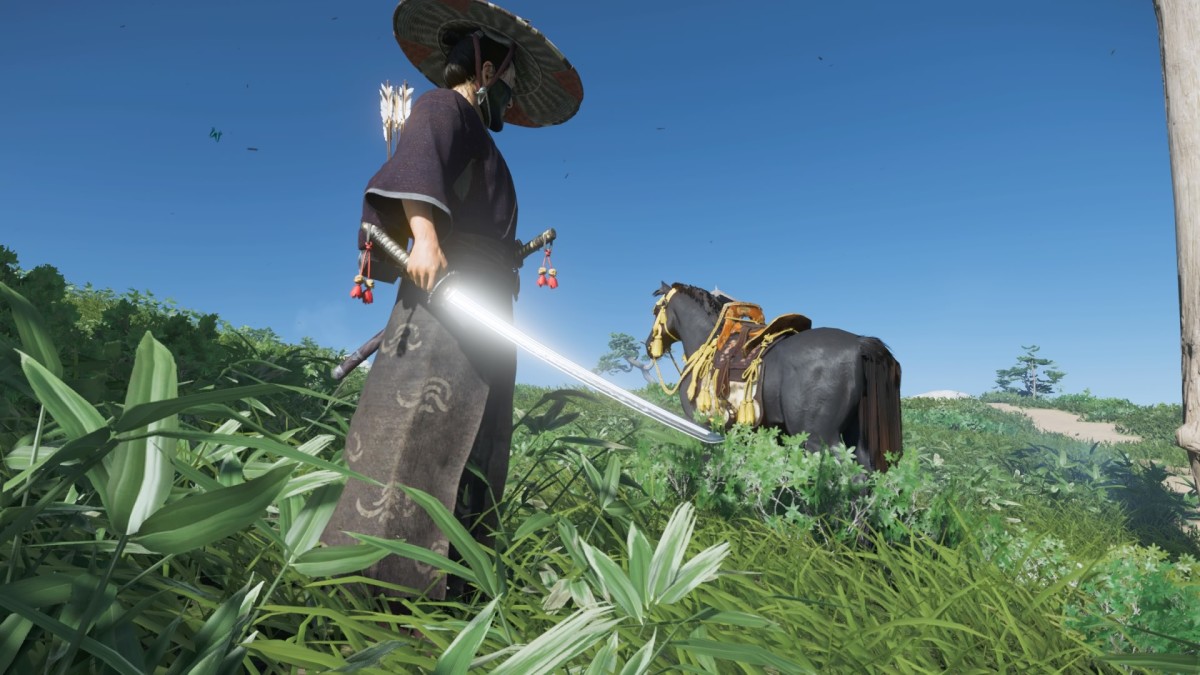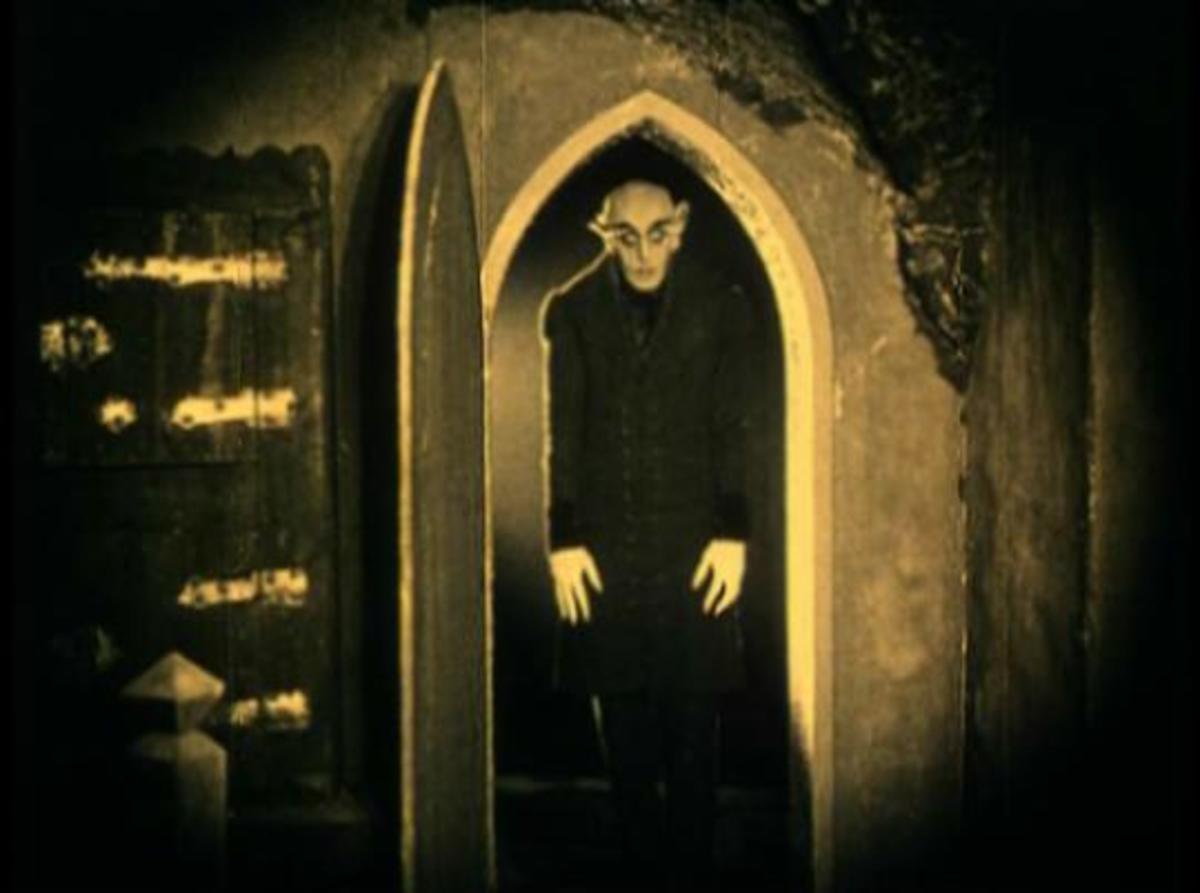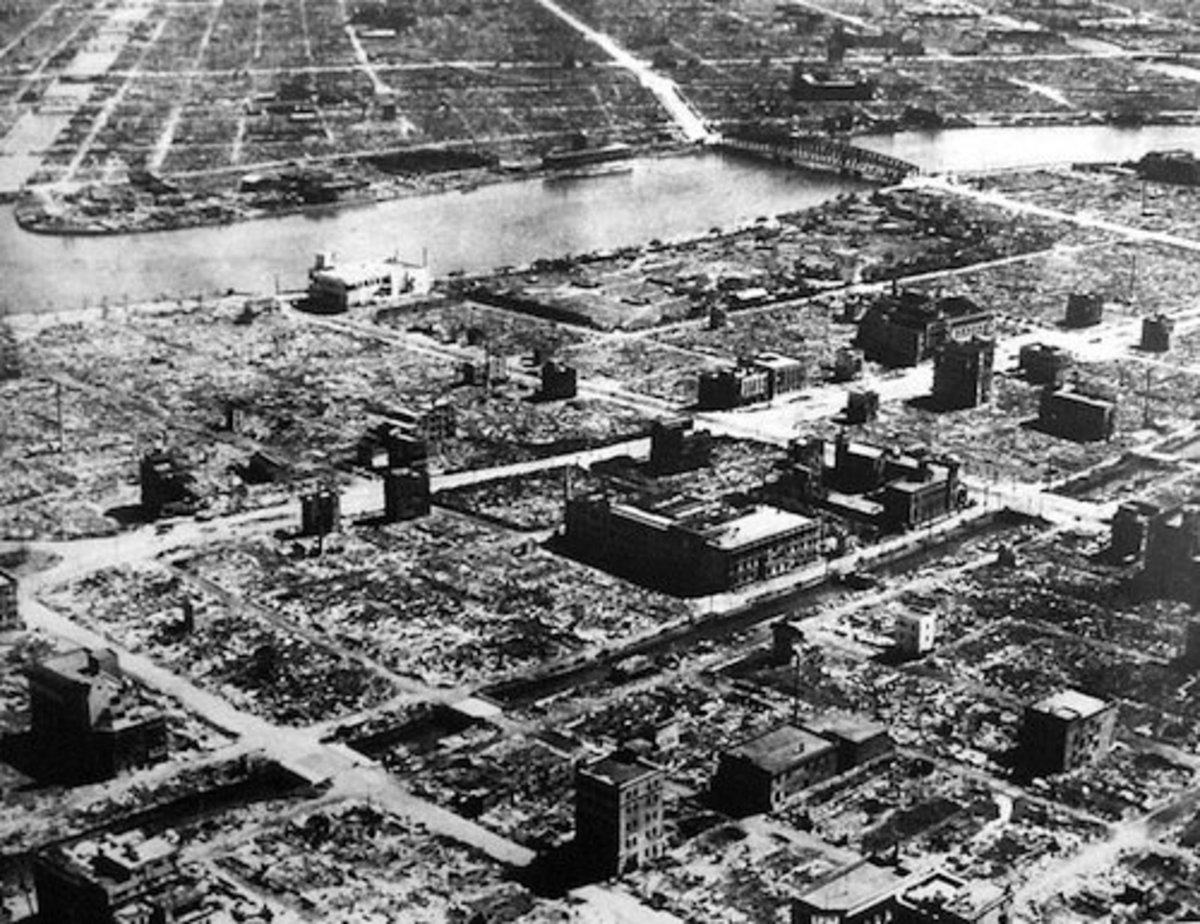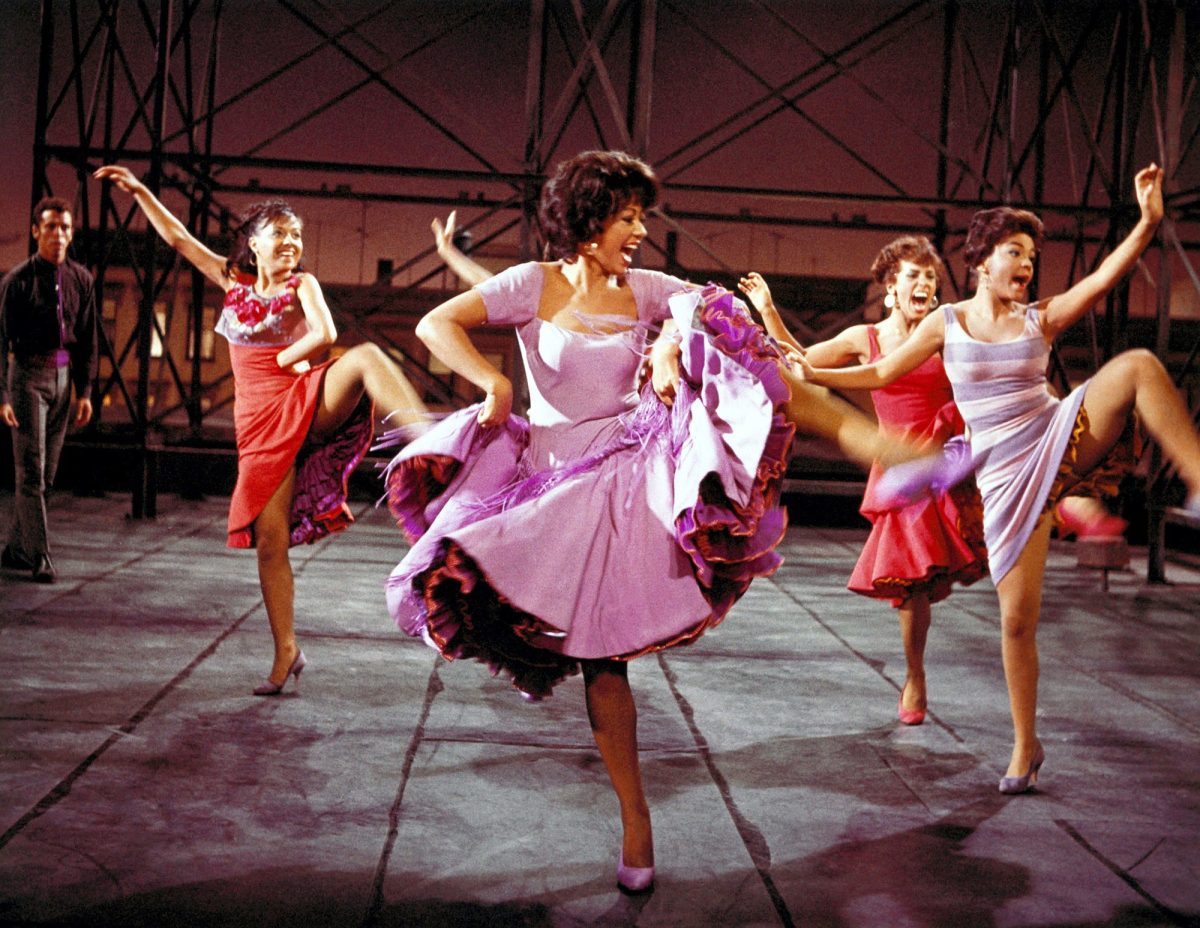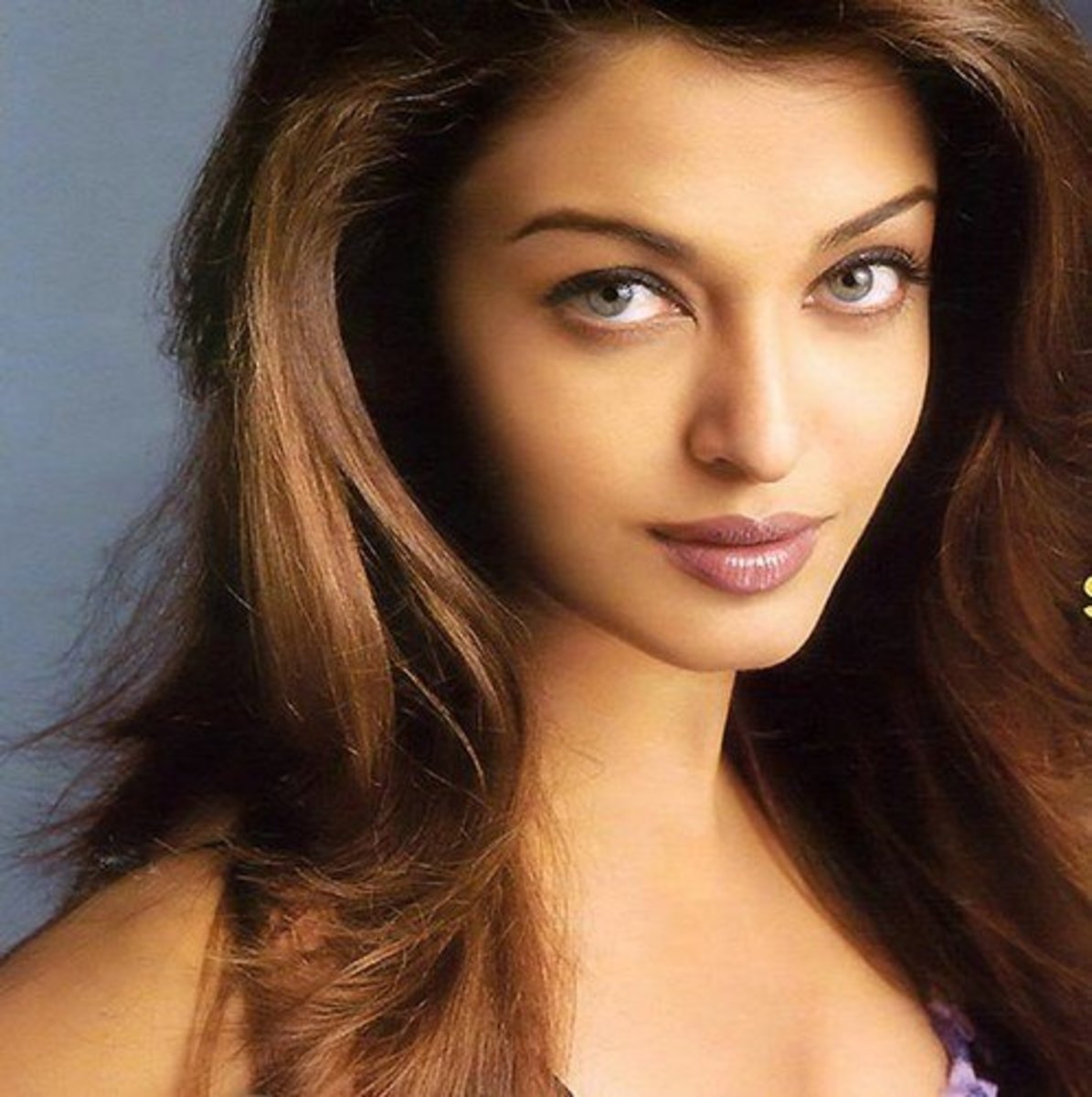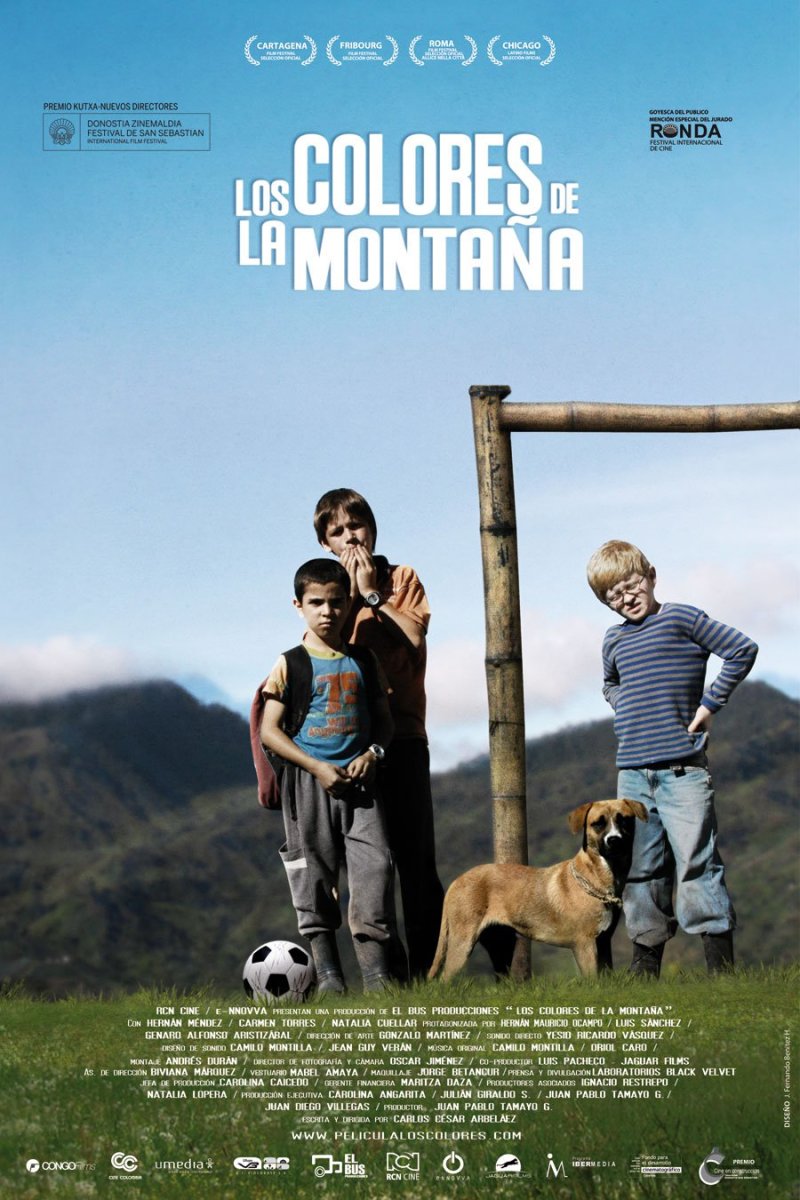Akira Kurosawa Samurai Movies | The Japanese Cinema Master
Japanese Director Akira Kurosawa
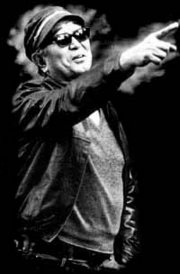
Why Akira Kurosawa Samurai Movies are so Important in the Movie History?
Who are these Samurai Warriors?
Akira Kurosawa Samurai movies are part of movie history now. He was the first Asian filmmaker, in the middle of the 20th century, who revealed the film secrets of an entire nation in the fascinated eyes of the Westerners. The acknowledgment of his influence in their work by many modern western directors (Spielberg, Coppola, Altman, Leone, Penn) makes Kurosawa an essential point of reference of cinematic history. Needless to say that in the early steps of his career received negative critiques by Japanese film reviewers who characterized his work “as non-truthful Japanese culture films”.
Samurai were a distinct class warriors, as at least were presented in Japanese history. They served the landlords of feudal Japan. This special class of people was fearless but violent. They appeared in the mid-12th century and basically dominated in Japan for more than 500 years.
Always loyal to their master, Samurai are an integral part of the Japanese culture, a symbol of faith, kindness and honor. They sealed the landscape of Japanese cinema, introduced new directors and actors and finally became “an authentic Japanese export product”. An exotic product, that became a cult object and one of the obsessions of the Western world.
Akira Kurosawa created eight exceptional Samurai movies which I present to you below with some valuable information. Enjoy them!
Samurai of the Satsuma clan
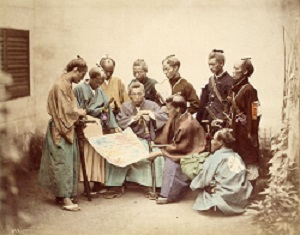
1. Rashomon (1950)
Who is telling the truth?
This is the first film of Akira Kurosawa that introduced to the Western world the unknown, up to that time, Japanese cinema. In 15th century Japan, a bandit takes over a samurai and his wife. The result: One man dead and possibly a rape… The exact event of what happened in the woods we will learn it (?) through 4 conflicting narratives. It’s a study of reality-truth through human nature from the keen glance of a master.
For unfamiliar viewers with samurai movies:
Check its western remake “The Outrage” (1964) directed by Martin Ritt and starring Paul Newman, Lawrence Harvey and Claire Bloom. A lot of similarities (especially about who is telling the truth) you will also find in Bryan Singer’s “The Usual Suspects” (1995) and starring Kevin Spacey, Benicio del Toro and Gabriel Byrne.
Rashomon Trailer
2. Seven Samurai (1954)
The victory of the farmers
Perhaps the most famous samurai movie of all time that is now listed as “classic” in many film critics lists. This is Akira Kurosawa’s Samurai movie that gave him recognition throughout the world.
This over three-hour epic film takes us to the 17th century Japan, where the poor farmers of a small village suffer from the attacks of a gang of bandits. They seek the help of a veteran samurai who finally enlists 6 other samurai to protect them but most important to teach them how to defend their properties.
The movie combines all the most basic characteristics that made Kurosawa famous: Switch of slow paces and serenity with emotional outbursts and violent-bloody battle scenes.
For unfamiliar viewers with samurai movies:
Check its western remake “The Magnificent Seven” (1960) directed by John Sturges and starring Yul Brynner, Steve McQueen and Charles Bronson.
Seven Samurai Trailer
3. Throne of Blood (1957)
The passion for power - Inspired by Shakespeare's "Macbeth"
Akira Kurosawa takes the Shakespearean tragedy in feudal Japan for a Samurai movie that marks the blood-stained history of unsaturated thirst for power and self-destruction. He removed a lot of the purely theatrical situations of the original play and moved towards to emphasizing more violence and ferocity. Static scenes alternate again with excessive violence – a trademark of Kurosawa - while the dull atmosphere and the constant rain contribute to claustrophobic sense of deadlock in which the heroes are trapped.
For viewers who want to compare the movie with the real Shakespeare’s tragedy:
Check out unforgettable Orson Welles as a director and star of the classic film "Macbeth" (1948) or the version of John Finch’s "Macbeth" (1971) under the guidance of director Roman Polanski.
Throne Of Blood Trailer
4. The Hidden Fortress (1958)
The "Star Wars" inspiration
This is the first Akira Kurosawa film using cinemascope technology (widescreen film) which gave him the opportunity to create some excellent large panoramic scenes. The set of this Samurai film is again the 16th century feudal Japan. Civil war among Japanese clans, princess, Samurai and peasants are the main ingredients of this “lightweight” movie which incorporates some funny elements-humor in the plot.
For the viewers looking for comparison:
Check out "Star Wars" (1977), the most famous sci-fi movie of all times, directed by George Lucas. The legendary droids C-3PO & R2-D2 are “influenced” by the two greedy peasants, Tahei & Matashichi. Also, the idea of the princess hiding behind enemy lines is another element to consider.
The Hidden Fortress Trailer
5. Yojimbo (1961)
The hero without name
The film is an example of another immortal masterpiece of Akira Kurosawa Samurai movies which depicts all the violence, corruption and misery of feudal Japan around 1860. It’s the unofficial adaptation of Dashiell Hammett’s novel "Red Harvest" (1929). Kurosawa is using again his favorite codes of American westerns: Ritualistic movement of people inside the frame, open spaces, distant and long-duration shots and of course the main road of the village for the final scene of the film.
For unfamiliar viewers with samurai movies:
Check out the “spaghetti” western classic “A Fistful of Dollars” (1964) directed by Sergio Leone and starring Clint Eastwood. For a more modern alternative you can also look into its gangster remake “Last Man Standing” (1996) directed by Walter Hill and starring Bruce Willis.
Yojimbo Trailer
6. Sanjuro (1962)
The correct usage of brain with swords
This is the sequel (the only one Akira Kurosawa ever made) of the previous year made samurai movie, "Yojimbo". The follow-up film had even more box-office success in Japan than its predecessor. Technically, the movie can be considered as one of the most exciting Kurosawa's creations, featuring some terrific sword battles (The final showdown between the two men is an incredibly powerful moment) and brilliant use of widescreen compositions.
Sanjuro Trailer
7. Kagemusha (1980)
The Shadow Warrior
Akira Kurosawa, the master of Samurai movies, deals once again with his two favorite themes: power and war. Kurosawa captures the drama, the nonsense and the uselessness of war, in a wonderful scene that can’t be erased from any viewer’s memory. The movie itself is an incredible work of art. The flawless filming, combined with the very beautiful cinematography and the wonderful music by Shinichiro Ikebe, succeeded in the creation of this epic masterpiece with a backdrop of medieval Japan.
Expensive production with a large cast, thousands of soldiers and costumes, hundreds of horses, wonderful set decoration, majestic scenery, wonderful landscapes and enchanting pictures with many colors. These are the main features of the film, an epic movie that bears the stamp of Akira Kurosawa.
Kagemusha Trailer
8. Ran (1985)
Chaos - Inspired by Shakespeare's "King Lear"
Akira Kurosawa, a little before the sunset of his great career made this epic, masterful Samurai movie. He showed the chaotic situation that was created by the wrong decision of the old ruler. (After dividing his kingdom to his three sons, he is encircled by betrayal and blood, that driven him to madness).The human thirst for power, conquest and revenge dominates everything.
Kurosawa created a lot of intense action scenes and beautiful palette of colors using cleverly the landscape and fabulous photography. This majestic Japanese version of the classic English play retains all the beauty and dramatic tension of the original story that it will remain unforgettable to any viewer.
For viewers who want to compare the movie with the real Shakespeare’s tragedy:
Check out the superb performance of Sir Lawrence Olivier’s "King Lear" (1984) directed by Michael Elliott.
Ran Trailer
Samurai Sword
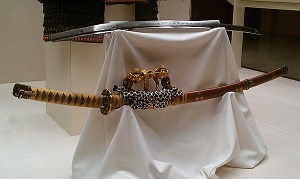


![Seven Samurai (The Criterion Collection) [DVD]](https://m.media-amazon.com/images/I/41+wJR+jBHL._SL160_.jpg)



![Sanjuro (The Criterion Collection) [DVD]](https://m.media-amazon.com/images/I/519lIc0dzJL._SL160_.jpg)


